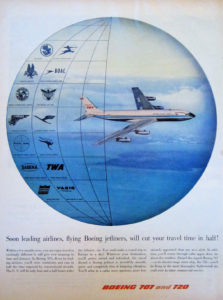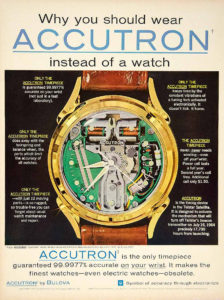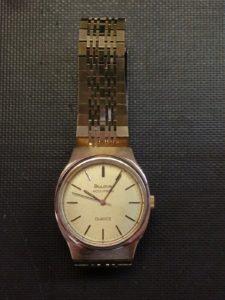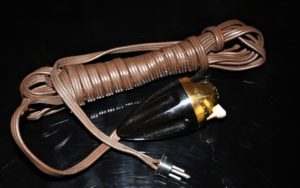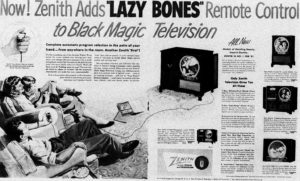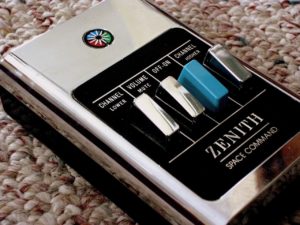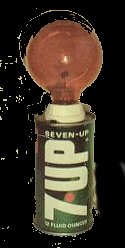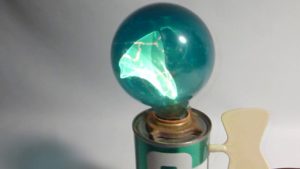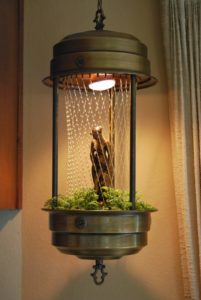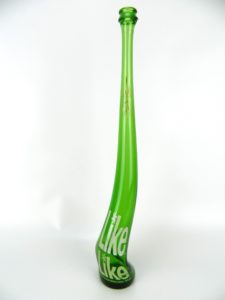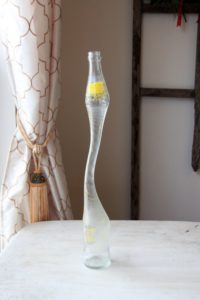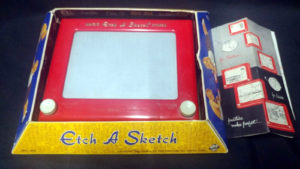
I am so pleased when I write about a toy from our Boomer childhoods, and don’t have to include it under the “Things that Disappeared When You Weren’t Looking” category! Such is the happy case with the subject of today’s piece, the Etch-a-Sketch, still proudly produced by Ohio Art! I was deeply hoping that they were being made in Ohio, but sadly, that’s not been the case since 2003.
However, let us celebrate the fact that they are still around, exactly like they were during the Decade of Change, when many of us were enjoying wonderful childhoods as Baby Boomers.
It all started in France in the late 1950’s. A gentleman named André Cassagnes (another source credits Arthur Granjean) crafted a drawing device in his basement. He filled a plastic container with aluminum dust. The container had a clear screen, also a stylus mounted to two bars which was moved by small cables attached to knobs. Thus, an adroit artist could make subtle movements to create a single line which could create infinite shapes.
In reality, he created a very cool toy which 98% of us could use to make basic shapes, and cause us to envy true artistes with the talent to create masterpieces.
He took his invention to the International Toy Fair in Nuremburg, Germany, where a US-based company called Ohio Art showed little interest. However, upon seeing “The Magic Screen” a second time, they decided to roll the dice and take a chance on it.
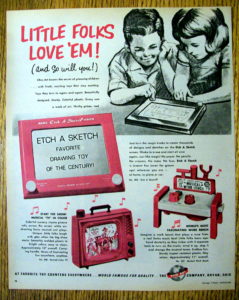
Ohio Art tooled up their factory in Dayton in time to have a boatload of Etch-a-Sketches on store shelves by Christmas, 1960. The result was a smash hit, and a memory for many of us.
The Etch-a-Sketch was a familiar product in dime stores when we were kids, pricey enough to only rate being purchased for a special occasion like a birthday or Christmas. But untold millions were sold during the 60’s and 70’s. And we all learned a few lessons about them as we created our artistic attempts.
1. Not all of us were artists. In fact, most of us were pretty bad, but we still spent hour after hour twisting knobs, then turning the board over and clearing our efforts, and trying again.
2. A mistake meant either starting over, or turning the lemon into lemonade, i.e. integrating the mistake into your creation.
3. The Etch-a-Sketch would eventually crack on the black back side, leaving silvery aluminum dust all over the place.
4. Once that happened, your choice was to (a) talk mom or dad into another one, or (b) move on to something else. In my case, it was the Spirograph.
But it generally took years of being tossed helter-skelter into a toybox to crack the durable plastic. In the meantime, the investment our parents made in the toy had paid off with hundreds or thousands of hours of entertainment, and perhaps inspiration to make a career out of art.
The Etch-a-Sketch continues to be a successful toy, so you can go out and purchase one for your own grandchild. My first is due in three months, I’ll probably hold off for a year or two. 😉 But rest assured, that when little Edie grows up, she’ll have pleasant memories of a plastic device which allowed her to magically create all sorts of black shapes on a silver background.
And odds are she’ll be a lot more talented at it than her grandpa.


